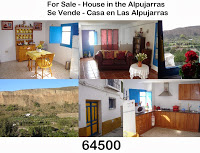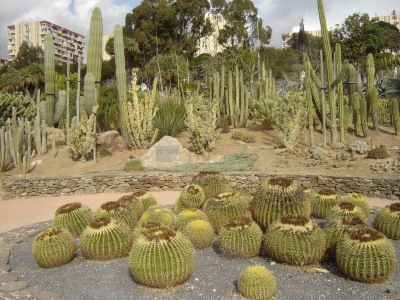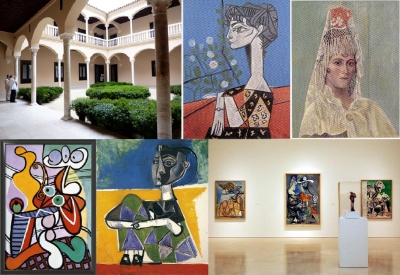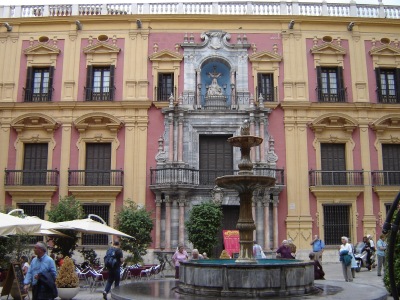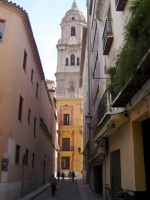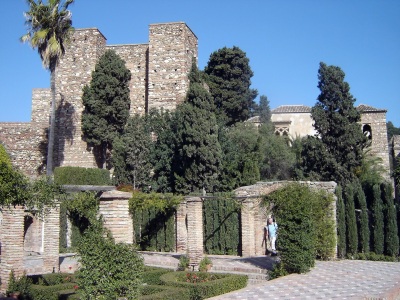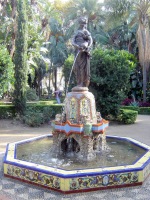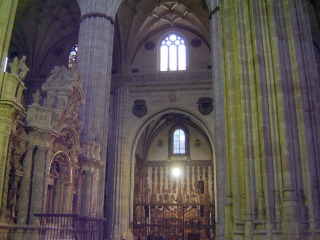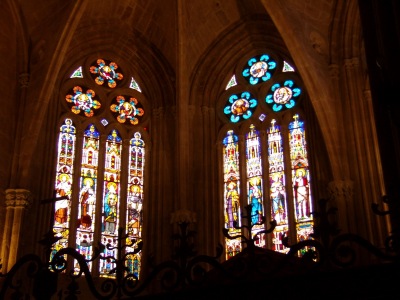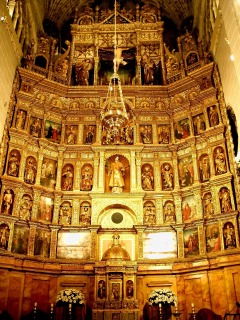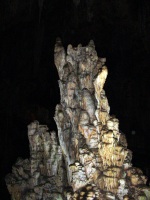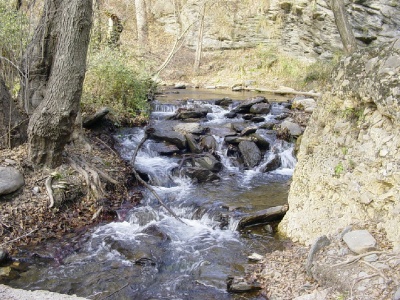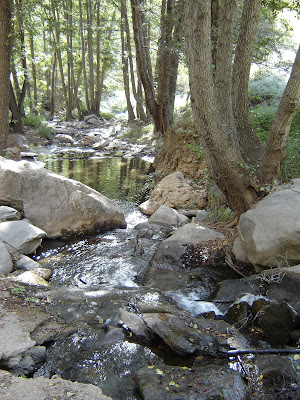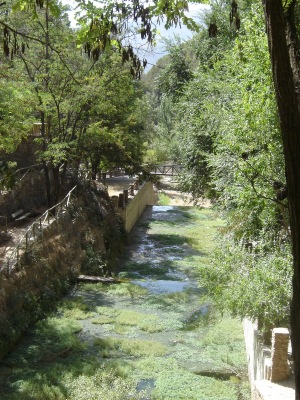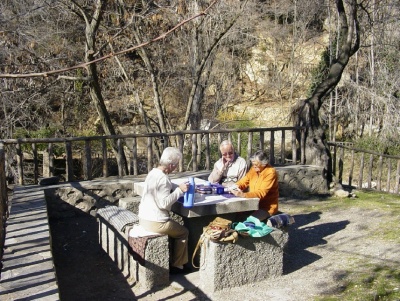by Robert Bovington
.
Once upon a time, in the city of Teruel,
there lived a young man and a young woman who were very much in love.
Diego de Marcilla and Isabel de Segura had been childhood playmates and
both had belonged to wealthy and important families.
Around the time
that Diego and Isabel were eligible to marry, Diego’s family had fallen
on hard times. Isabel’s father, the richest man in all Teruel,
prohibited the union until the youth had found fame and fortune – a time
limit of five years was agreed upon.
Five years passed and not a word
was heard of Diego de Marcilla.
On the fifth anniversary of the
agreement, Isabel’s father gave her hand in marriage to an older man
and, the very next day, the wedding was celebrated. Diego burst onto the
scene. He triumphantly announced his return only to discover that he
was too late – there had been a misunderstanding – according to Isabel’s
father, the five years included the day of the agreement and not the
day of departure! Being of a virtuous nature, Isabel would not betray
her husband of a few hours and consequently refused the desperate Diego a
last kiss. This was too much for the poor lad – for five long years he
had yearned for the day that he would marry his childhood sweetheart.
Now his dreams were shattered.
Heartbroken, Diego collapsed and died on
the spot. At his funeral, Isabel was grief stricken and, bending over to
kiss Diego’s lips, she dropped dead, falling over the body of the man
she had loved.
.
 |
| Escalinata – “los amantes de Teruel” |
.
This story is known as “los amantes de
Teruel” – the Lovers of Teruel and it has inspired a number of writers.
It also inspired the citizens of Teruel who demanded that the two be
buried side by side so that “what was denied them in life could be given
to them in death”.
Later, the mummified bodies of Diego and Isabel were
exhumed and placed in the tombs where they now rest – in the cloisters
of the Gothic church of San Pedro. They can be seen today, along with
the exquisitely sculptured lids featuring the couple, both with an arm
outstretched and their hands almost touching but not quite. Religious
piety precluded them touching since Isabel was married to another! They
are the work of sculptor Juan de Ávalos.
The “los amantes de Teruel” is just one
of many interesting monuments in the city.
Teruel is the capital of the
province of the same name in the autonomous community of Aragón. Despite
the fact that it is one of the least known places in Spain, it really
is an attractive and historic city. “Teruel existe” was the slogan used
by a campaign group a few years ago. They lobbied for greater
recognition and investment in the city and the province. Connections to
Teruel have improved but it still remains the only provincial capital in
Spain without a direct railway link to Madrid.
Teruel certainly does exist and when I
visited I enjoyed exploring the old town with its medieval buildings
and, in particular, the Mudéjar architecture.
Alfonso II of Aragón
captured Teruel from the Moors in 1171 but many Muslims chose to remain
in the city. This resulted in the Mudéjar style of architecture that is
still visible today.
Of special importance are the towers, which are
quite splendid and UNESCO think so too – they have included them in the
Mudéjar Architecture of Aragón World Heritage site. They include the
Belfry-Tower of the Cathedral of Santa María, the towers of the churches
of San Pedro, San Salvador and San Martín.
.
.
The Cathedral is quite splendid. Apart
from the World Heritage featured tower, there is a richly decorated
Mudéjar ceiling and a Plateresque altarpiece. Adjacent to the Cathedral
is the Episcopal Palace, which houses the Diocesan Museum. Nearby is the
16th-century Palacio de la Comunidad. It was the old government
building but it now houses the Provincial Museum. The current Town Hall
is also located in the Plaza de la Catedral.
.
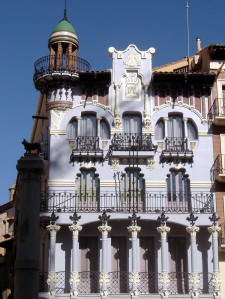 |
| modernist building |
A number of tiny streets lead from the
Cathedral to the main square – the Plaza del Torico, one of Teruel’s
best-known monuments, is to be found here. Perched at the top of a tall
column is a small sculpture of a bull and a star. It is the statue of El
Torico and is the symbol of the city. Unfortunately, on my visit the
square was a building site – one of a number that I stumbled into on my
walk. The good news is that it was part of a programme of restoration
within the city. When I peeked through the partitioning that the
builders had erected I could see that the travel guide’s description of
“fine Modernist buildings lining the square” was accurate.
There are a number of other attractive
places to visit – most only a short walk from the city centre. They
include a number of religious buildings like the Gothic church of St.
Francis, the 12th-century church of San Miguel and the Church of La
Merced, which also includes a tower in Mudéjar style. The Paseo del
Óvalo is one of the main thoroughfares in the city but it is only a few
minutes walk from the Tower of San Salvador.
It is worth the detour in
order to view the beautiful Escalinata – a staircase that climbs the
hill from the railway station to the city centre. It is quite a recent
addition to the city’s fine architecture but quite splendid for all that
– it was designed by José Toran in 1920. It is decorated with ceramic
tiles and is in mock Mudéjar style. The Escalinata includes a
beautifully carved embossed relief depicting a scene from the legend of
the Lovers of Teruel.
Another important landmark is the viaduct – the
Acueducto de los Arcos that was constructed in the 16th century. Modern
and Medieval Teruel are separated by a ravine so a bridge was needed to
connect the two areas.
On my visit to the town, I stayed in the
Hotel Reina Cristina, which was comfortable and also very convenient,
being located on the Paseo del Óvala and about 50 metres from the Tower
of El Salvador. Another option would have been to stay at the Parador de
Teruel. It is a small Mudéjar inspired palace but the downside is that
it is on the outskirts of the city.
